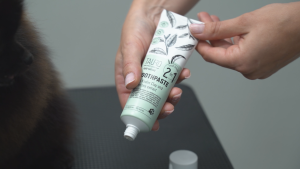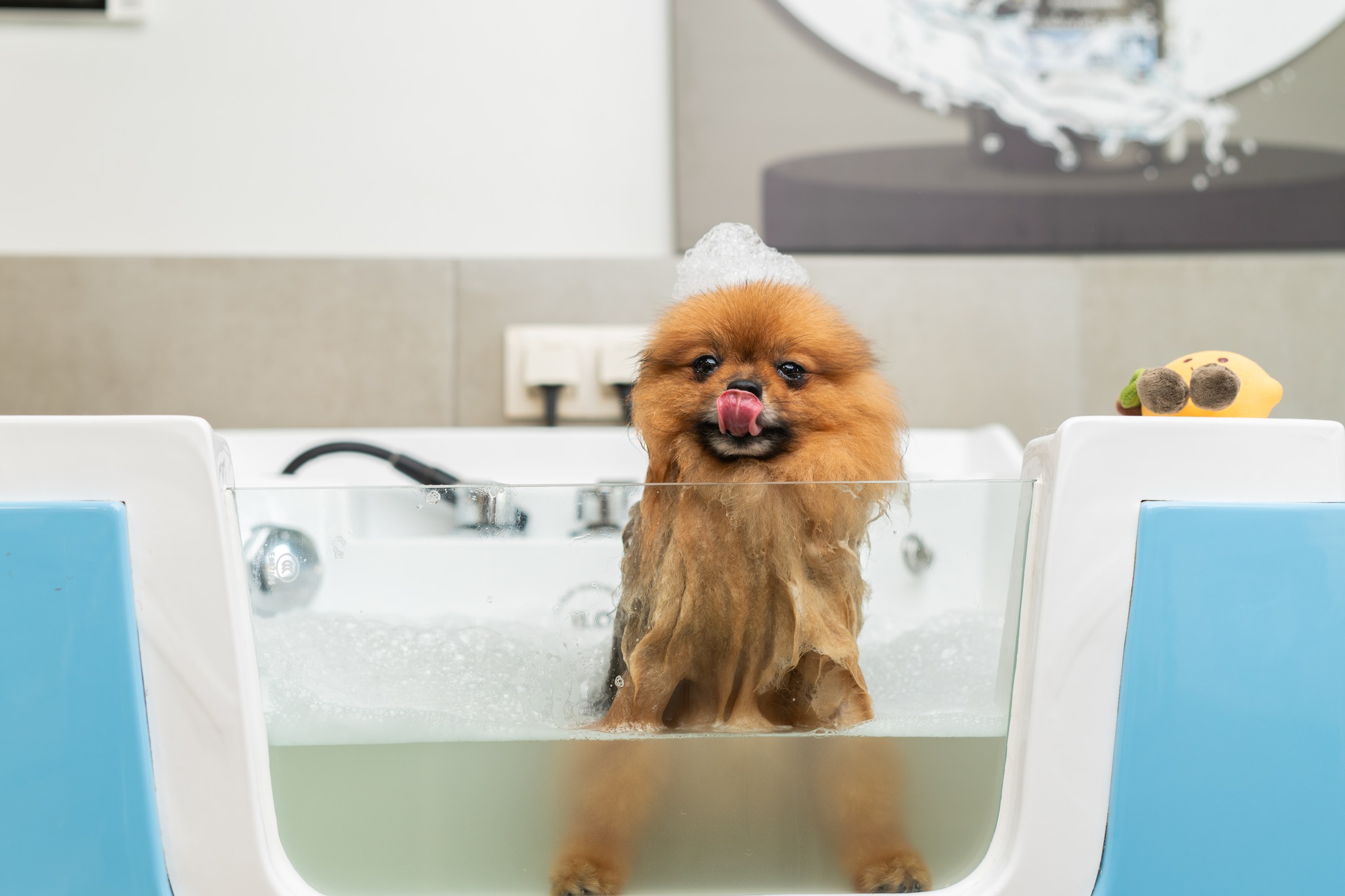
Why It Matters
Oral diseases are among the most common issues encountered in veterinary practice. Dental plaque and the tartar formed from it are the main causes of periodontal diseases, which can affect not only the mouth but also the overall health of the animal.
Studies show that more than 80% of dogs and 70% of cats over three years old already show signs of dental or gum disease. If left untreated, oral infections can allow bacteria to enter the bloodstream, potentially damaging the heart, liver, and kidneys.
What Causes Dental Plaque
Dental plaque is a soft layer of bacteria that forms on the surface of teeth. Its buildup is influenced by several factors:
-
Improper diet. Soft or wet food does not encourage the natural cleaning of teeth.
-
Insufficient dental care. Regular brushing is the most effective prevention method, yet many pets are never accustomed to it.
-
Genetic predisposition. Small breeds, such as Yorkshire Terriers or Chihuahuas, are more prone to plaque buildup.
-
Age. As pets get older, the enamel weakens, making plaque formation and tartar buildup faster.
Consequences
If not removed, plaque hardens into tartar, leading to various health problems:
Gingivitis (gum inflammation) – redness, swelling, and bleeding of the gums.
Periodontitis – a deep infection affecting the tissues supporting the tooth, causing loose or lost teeth.
Systemic diseases – oral bacteria can enter the bloodstream and damage the heart, liver, or kidneys, especially in older pets.

How to Prevent Plaque Buildup
The most effective prevention involves regular oral hygiene at home combined with professional veterinary care.
1. Tooth Brushing
A toothbrush and toothpaste made specifically for pets are essential tools for maintaining oral health.
We recommend:
Tauro Pro Line Pure Nature Toothpaste with white clay, zeolite, and green tea extract.
Tauro Pro Line Pure Nature Toothbrush. Brushing is recommended at least 3–4 times per week.
2. Chews and Toys
Chew bones and dental treats help mechanically clean the teeth and massage the gums.
We recommend:
Nature’s Protection Superior Care treats with insects – designed to support oral hygiene.
3. Professional Cleaning
Veterinary ultrasonic cleaning should be performed every 6–12 months, depending on the individual needs of the pet.
4. Oral Hygiene Solutions
Antiseptic solutions containing chlorhexidine help control bacterial growth and maintain a clean oral environment.
Conclusion
Dental plaque is often the first sign of declining oral health. Early and consistent care helps prevent serious diseases and ensures a better quality of life for your pet.
Prevention is the best treatment – daily care, proper nutrition, and regular veterinary check-ups are key to maintaining healthy teeth and a bright smile.




